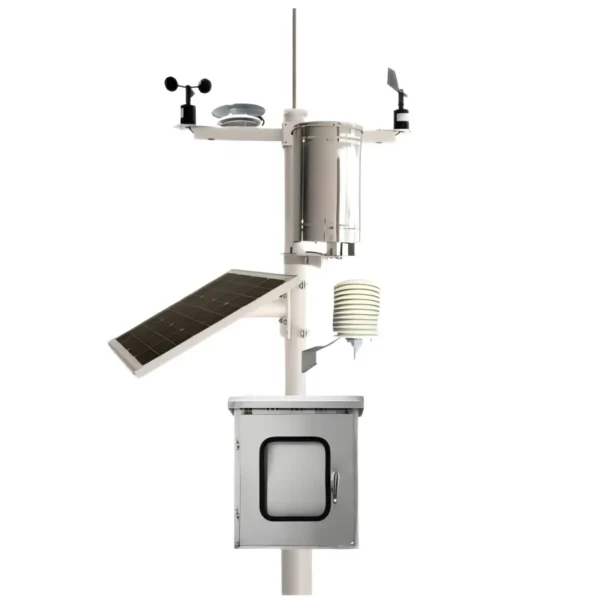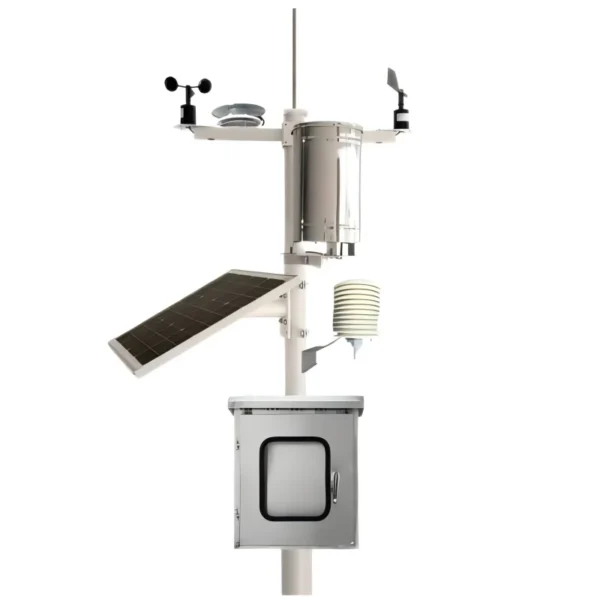
# Automatic Weather Station: Advancements and Applications in Modern Meteorology
Automatic Weather Station: Advancements and Applications in Modern Meteorology
In the realm of meteorology, the Automatic Weather Station (AWS) has emerged as a pivotal tool, revolutionizing the way we collect and analyze weather data. These stations, equipped with advanced sensors and communication technologies, provide real-time meteorological information, enabling more accurate weather forecasting and climate monitoring.
What is an Automatic Weather Station?
An Automatic Weather Station is a system that automatically collects and transmits meteorological data without human intervention. Typically, an AWS includes sensors for measuring temperature, humidity, wind speed and direction, atmospheric pressure, precipitation, and solar radiation. The data collected is then transmitted to a central database for analysis and dissemination.
Advancements in AWS Technology
Over the years, AWS technology has seen significant advancements. Modern AWS units are now more compact, energy-efficient, and capable of operating in extreme weather conditions. The integration of IoT (Internet of Things) technology has further enhanced their capabilities, allowing for seamless data transmission and remote monitoring. Additionally, advancements in sensor technology have improved the accuracy and reliability of the data collected.
Applications of Automatic Weather Stations
The applications of AWS are vast and varied. In agriculture, they help farmers make informed decisions about irrigation and crop management. In aviation, AWS provide critical data for flight safety and route planning. They are also essential in disaster management, providing early warnings for severe weather events such as hurricanes, tornadoes, and floods. Furthermore, AWS play a crucial role in climate research, contributing to long-term climate monitoring and the study of climate change.
Challenges and Future Directions
Despite their numerous benefits, AWS face several challenges. These include the high initial cost of installation, maintenance requirements, and the need for reliable power sources, especially in remote areas. However, ongoing research and development are addressing these issues, with a focus on creating more cost-effective, low-maintenance, and energy-efficient AWS units. The future of AWS lies in the integration of artificial intelligence and machine learning, which will further enhance their predictive capabilities and data analysis.
In conclusion, Automatic Weather Stations have become indispensable in modern meteorology. Their ability to provide accurate, real-time weather data has transformed various sectors, from agriculture to disaster management. As technology continues to evolve, AWS will undoubtedly play an even more critical role in our understanding and management of the Earth’s climate.
Keyword: automatic weather station

